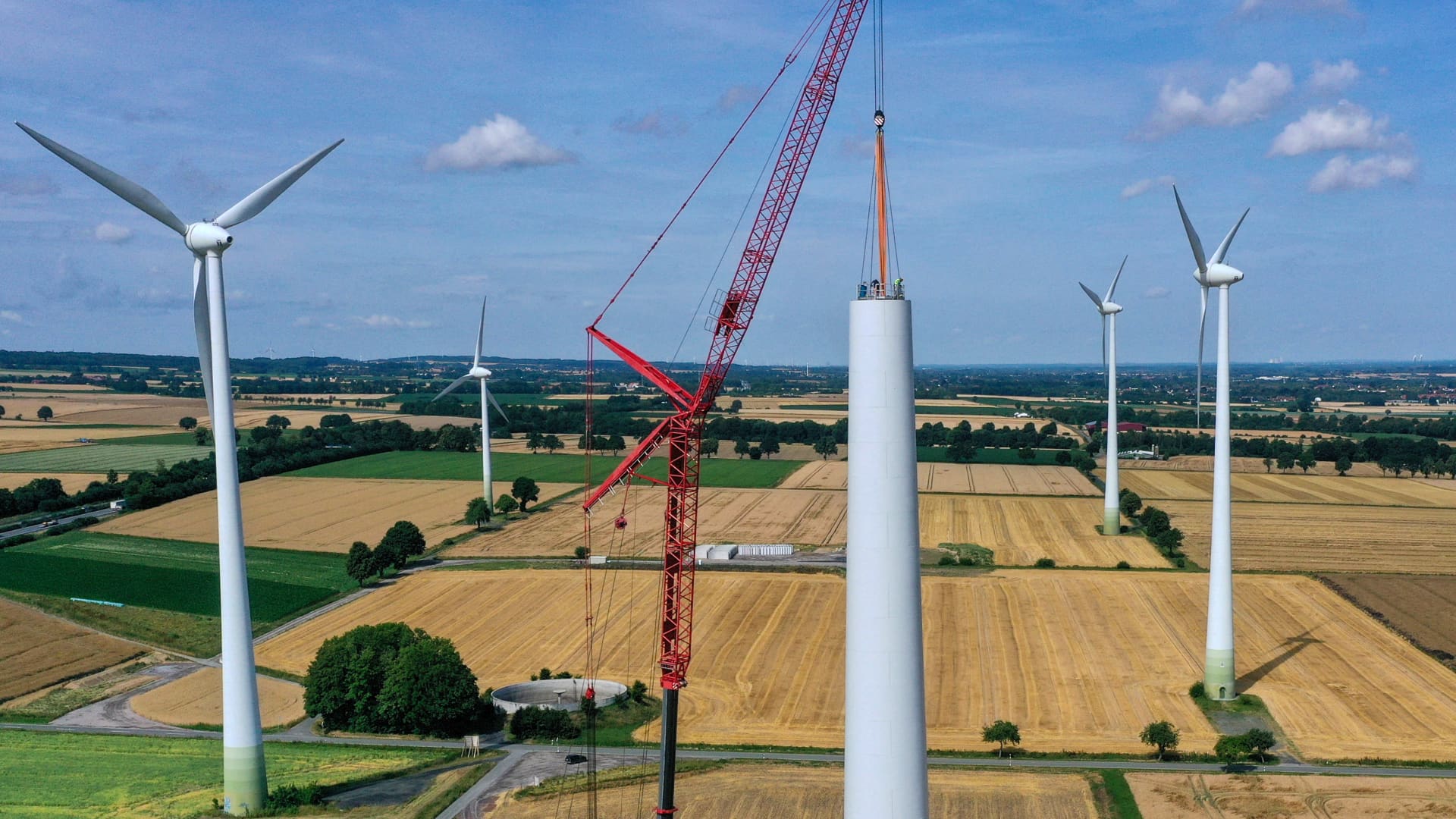
An ANZ economist warned on Wednesday that China’s aging population will have a big impact on the world as the global supply chain is highly reliant on the world’s second-largest economy.
China’s once-a-decade census released on Tuesday showed the population of the mainland grew to 1.41 billion people as of Nov. 1, 2020. That was the slowest growth rate since the 1950s.
“The trend of the old age dependency is going to rise … This is a warning not only for China, but also across the whole world, as China is the core of the supply chain,” Raymond Yeung, Greater China chief economist at ANZ, told CNBC’s “Squawk Box Asia.”
“Over the next few years, China will be losing 70 million (of its) workforce … so this is a big shock to the global supply chain.”
Two elderly women sit on a roadside bench in China. By 2050, one third of the Chinese population will be above 60 years old.
Zhang Peng | LightRocket | Getty Images
He added that another possible impact would be on financial markets, as China’s high savings rate has been supporting global markets. China has one of the world’s highest savings rates among individuals, and many retail investors are investing their extra cash, or the money is being held in pension funds.
The census also showed that births continued to fall, dropping 15% in 2020 — a fourth straight year of decline.
Experts have said that China’s aging problem goes beyond its one-child policy and that other changes are needed to boost growth as births fall and its population ages. Similar to other major economies, high housing and educational costs in China have deterred people from having children in recent years.
I think this is a very pressing issue, that China really needs to tame this grey rhino, as everybody knows the problem is there, everybody knows they need to do something.
Raymond Yeung
Greater China chief economist, ANZ
Yeung told CNBC that the country needs to boost its labor productivity instead.
He said that the country’s falling birth rate is unlikely to reverse, even if it relaxes its one-child policy.
“More importantly, China (should) continue to sustain growth through technological development, go for high tech, go for high value-add, go for transformation of the whole supply chain, in order to support the economic growth on a sustainable basis,” he said, adding that this is a “more realistic” approach than focusing on its population numbers.
China’s economy has relied heavily on industries such as manufacturing that require large amounts of cheap labor. But rising wages are making Chinese factories less attractive, while workers will need higher skills to help the country become more innovative.
“I think this is a very pressing issue, that China really needs to tame this grey rhino, as everybody knows the problem is there, everybody knows they need to do something,” he said.
The term “grey rhino” refers to highly obvious, yet ignored threats.
— CNBC’s Evelyn Cheng contributed to this report.




